As head is the uppermost area of the human body. This lies on the neck and is also connected to it. The head has many important functions, contains important sensory organs and a large part of the central nervous system.
What is the head
Of the head, Latin caput, is the uppermost part of the human body and the foremost part of the animal. It consists of both bones and organs. The important functions include protection against external influences and access to the digestive and airways.
Here food intake is carried out and the various body functions are coordinated. The head contains the brain, which is protected from external influences by the bony skull. The important sensory organs such as eyes, nose and ears are also located here.
The brain absorbs stimuli from these sensory organs and processes them. In the front part is the face, which is also involved in a person's facial expressions and beauty. In most cases there is hair in the back and top area. The outermost area is covered with skin, which is also one of the sense organs.
Anatomy & structure
The head is anatomically divided into different regions. They simplify the description of the location of pathological changes. These include the cheek, chin, nose, mouth, eye socket, parotid gland and zygomatic arch regions.
Externally, the head is covered by skin and hair. The skull is the bony framework of the head and forms a cavity. It consists of 22 bones that are shaped differently. With the exception of the lower jaw, these bones are connected to one another and form a body.
The brain and the many sensory organs are protected by this bony foundation. The skull sits on the cervical spine and is mobile. The face forms the front area of the head. It is formed by the skull and includes the nose, eyes, and mouth.
The facial hair is more pronounced in the male sex. One ear is on each side. The ear consists of three parts. The outer, middle and outer part. In addition to the cranial and oral cavities, there are also other cavities in the interior of the head. These would be roughly the eye, nasal and paranasal sinuses.
Tasks & functions
The head looks different in every person, but performs the same function. This contains and protects many important organs that control the entire body. The brain, located in the cranial cavity, is part of the central nervous system. Here the various sensory impressions are processed and complex body functions are coordinated.
The head also houses the important sensory organs such as eyes, ears, tongue, nose and skin. When information is encountered in the form of stimuli, the corresponding information is passed on to the brain with the help of nerves. The brain processes these stimuli so that humans or animals are aware of them. This is how emotions, characters, behaviors, body reactions and drives arise.
In addition to these functions, the head also acts as a gateway to the digestive tract and enables food and fluid intake. In turn, food provides important nutrients that are necessary for survival. The enzymatic breakdown of carbohydrates begins in the mouth. The opening to the airways is also located here and allows oxygen-containing air to be inhaled.
The mouth is also involved in speaking and enables interpersonal communication. The face, which consists of the front side of the head, provides information about a person's state of mind. And that with the help of facial expressions, in which all areas of the face are involved.
The main also reduces the penetration of unwanted particles and toxins. This function is promoted by natural bacteria in the saliva, which break down foreign bacteria. The nasal hairs make it difficult for dust and dirt to penetrate. On the back of the head there are hairs, which are differently strong and serve to protect against the cold.
You can find your medication here
➔ Medicines for headaches and migrainesComplaints & illnesses
Illnesses and complaints in the head area can affect all regions. Both the bones and the sensory organs and the brain can be the reason for this. It can be an acute or chronic, congenital or acquired disease.
The pathological condition can be inflammation, infection, tumor, impairment, degradation, and loss. These can include the vessels, tissue, bones and nerve cells. Starting in the brain, the cause of severe headaches can be high blood pressure.
Disorders of the regulation of the circulatory system or the equilibrium organs can cause dizziness. After a stroke, half of the face, arms and legs are usually permanently or temporarily paralyzed.
Various neurodegenerative diseases such as Alzheimer's disease lead to brain degradation and premature deterioration in cognitive performance. Other neurological diseases such as epilepsy or multiple sclerosis worsen and complicate the quality of life.
In multiple sclerosis, the myelin sheaths that cover the nerve fibers are attacked and irreversibly destroyed. Since the central nervous system is involved, almost any neurological disability can arise. Typical symptoms are visual disturbances and a reduction in eye mobility.
Accidents with serious head injuries can cause concussion or brain contusion. A fracture of the skull is also possible.
Many types of eye diseases also exist, and they can be both mild and severe. Visual disturbances, glaucoma, conjunctivitis and stye are just a few examples. Furthermore, the sense of smell and hearing can be disturbed or absent. Sinus infection is also a common complaint.

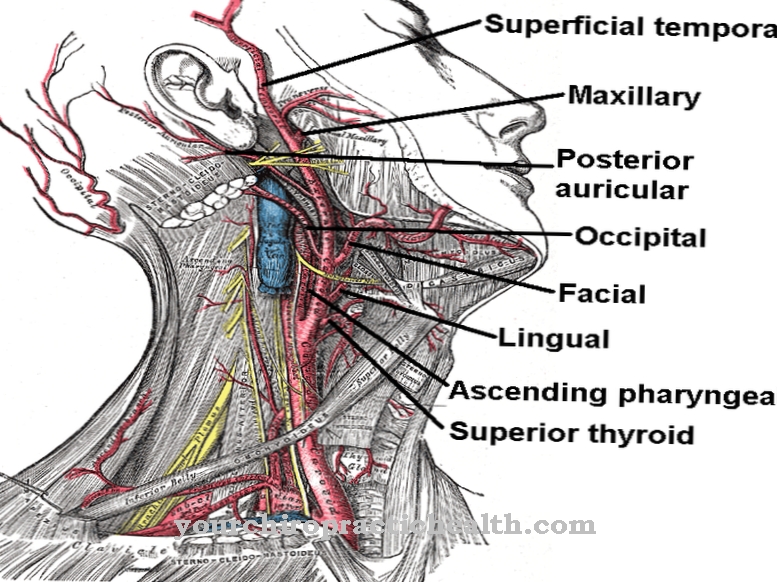
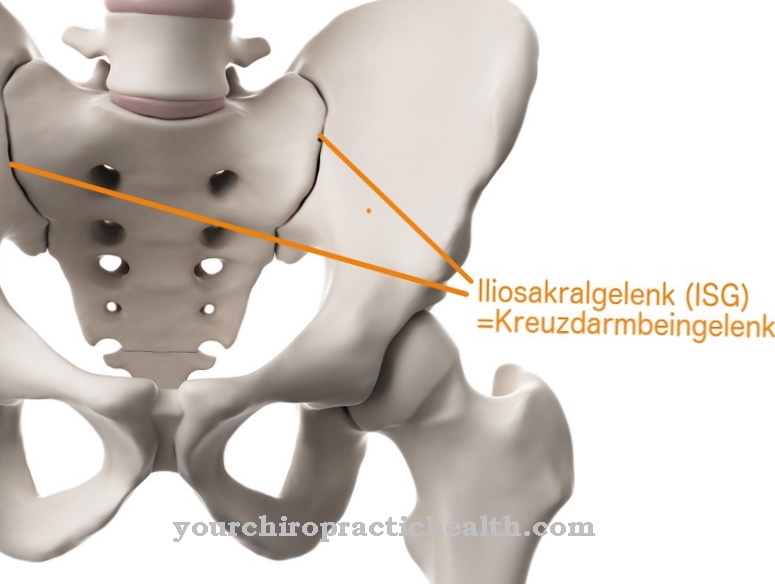

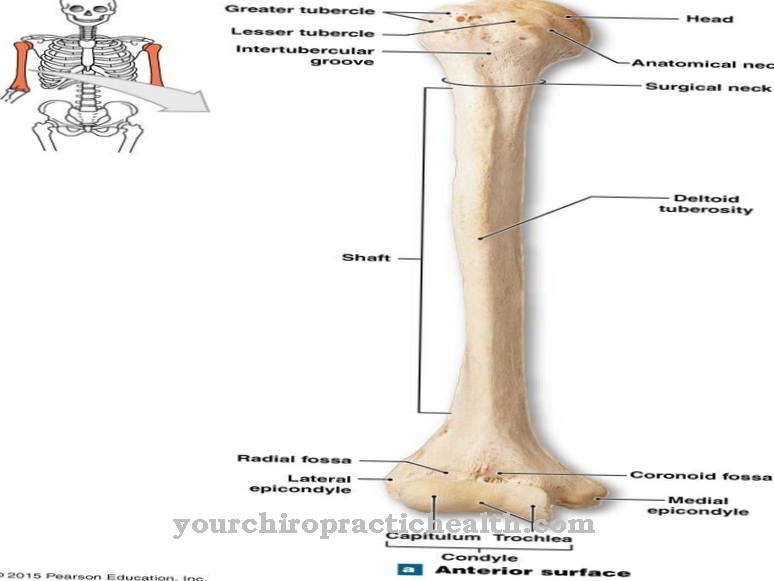
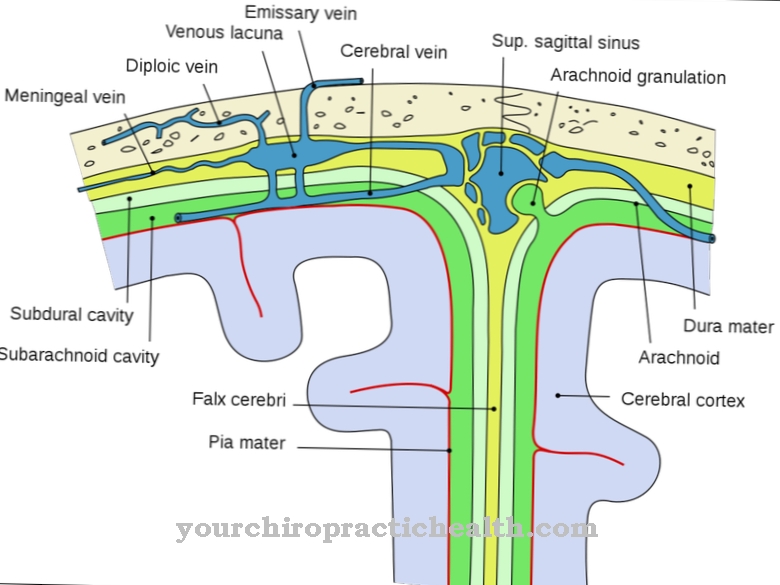
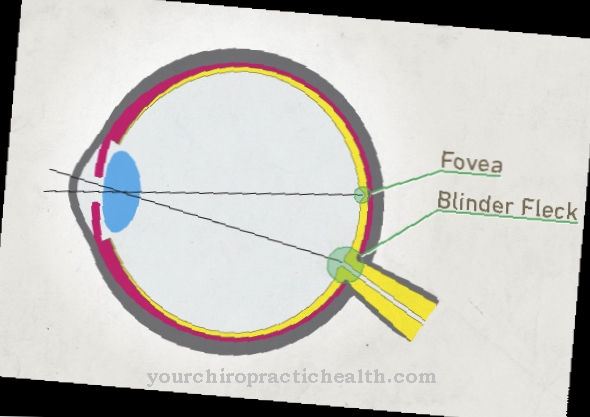





.jpg)



.jpg)










.jpg)
